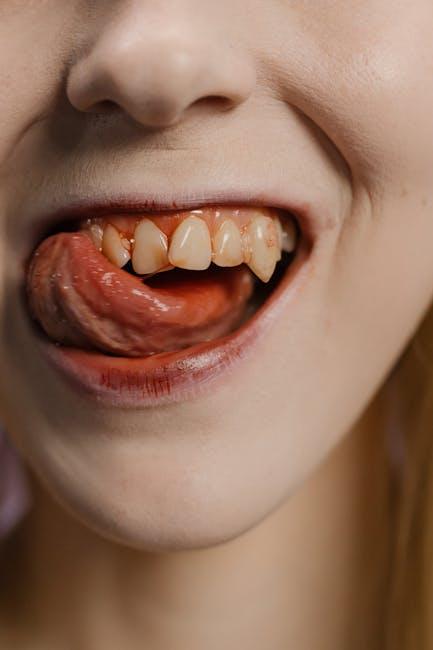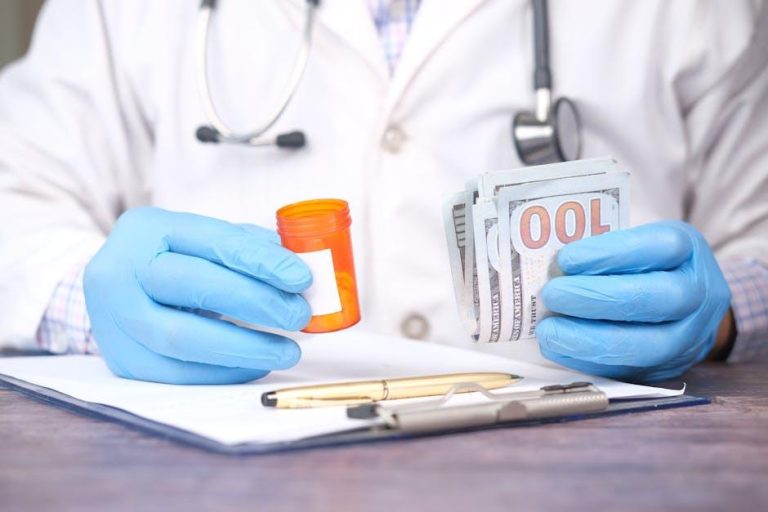
Does Medicaid Cover Dental? Orthodontics, Common Procedures & State Coverage
Understanding Medicaid’s dental coverage can be confusing. We break it down clearly for you, covering orthodontics, routine procedures, and how coverage differs by state.
Introduction: Why Medicaid Dental Coverage Matters
Access to affordable dental care is crucial for overall health, but for many low-income individuals and families, dental treatment costs can be a major barrier. Medicaid dental coverage plays a vital role in helping millions of Americans get dental care they need — from routine cleanings to more complex procedures like orthodontics. However, the scope of Medicaid coverage for dental varies significantly across states and population groups.
In this article, we explore does Medicaid cover dental? and dive into:
- Common dental procedures Medicaid may cover
- Medicaid coverage for orthodontics
- How coverage differs by state
- Helpful tips to maximize your Medicaid dental benefits
Does Medicaid Cover Dental Care?
The short answer: Yes and no. Medicaid coverage for dental services depends largely on your state of residence and your eligibility category (children vs. adults).
Medicaid Dental Coverage for Children (EPSDT)
Under the Early and Periodic Screening, Diagnostic, and Treatment (EPSDT) benefit, states are required to provide dental services for children enrolled in Medicaid up to age 21. This means most children are entitled to comprehensive dental care, including:
- Routine exams and cleanings
- Fillings and crowns
- X-rays
- Extractions
- Orthodontic services if deemed medically necessary
This federal mandate ensures broad dental coverage for children, but the extent of services can still vary by state.
Medicaid Dental Coverage for Adults
For adults, the situation is less consistent. Dental benefits are considered optional for adults in Medicaid programs, so states decide whether and how to offer dental coverage. Some offer extensive benefits; others provide only emergency dental services, and some may offer no dental benefits at all.
Common adult dental benefits Medicaid may cover include:
- Diagnostic services (exams, X-rays)
- Preventative care (cleanings, fluoride treatments)
- Restorative procedures (fillings, crowns)
- Extractions and oral surgery
- Periodontal treatment
Does Medicaid Cover Orthodontics?
Orthodontics under Medicaid is typically limited and must meet strict medical necessity criteria. Coverage is mostly available for children and adolescents under EPSDT, focusing on cases such as:
- Severe malocclusion impacting speech or chewing
- Congenital conditions like cleft palate
- Trauma-related orthodontic treatment
Adults rarely qualify for orthodontic coverage through Medicaid unless there are serious health conditions involved.
Important: Many Medicaid programs require prior authorization and submission of medical documentation to approve orthodontic treatment.
Common Dental Procedures Medicaid May Cover
Below is a table highlighting typical dental procedures that Medicaid may cover for children and adults (depending on state and program rules):
| Procedure | Coverage for Children | Coverage for Adults |
|---|---|---|
| Dental Exams & Cleanings | Covered (usually twice a year) | Varies by state; often covered |
| Fillings & Crowns | Covered | Often covered |
| Tooth Extractions | Covered | Covered as emergency treatment commonly |
| Orthodontic Services | Covered if medically necessary | Rarely covered |
| Periodontal Treatment | Covered | Varies by state |
State Medicaid Dental Coverage Comparison
Since Medicaid dental coverage varies by state, understanding your state’s specific benefits is key. The table below summarizes Medicaid adult dental coverage examples in select states:
| State | Adult Dental Coverage | Orthodontics |
|---|---|---|
| California | Comprehensive coverage | Limited, medical necessity only |
| Texas | Emergency dental only | No coverage |
| New York | Extensive coverage including dentures | Covered medically necessary cases |
| Florida | Emergency dental only | No coverage |
Tip: Visit your state’s Medicaid website or contact your Medicaid office for exact dental benefit details.
Benefits of Medicaid Dental Coverage
Medicaid dental benefits can make a big difference in maintaining oral health, preventing future issues, and improving quality of life. Some benefits include:
- Access to preventive care: Early detection and treatment help avoid costly emergency care later.
- Reduced out-of-pocket costs: Medicaid lowers financial barriers for low-income populations.
- Improved overall health: Dental health is linked to systemic conditions like diabetes and heart disease.
- Support for children’s development: Proper dental care, including orthodontics, supports speech and nutrition.
Practical Tips to Maximize Your Medicaid Dental Benefits
To get the most from your Medicaid dental coverage, consider the following:
- Check your state’s specific dental benefits before scheduling services.
- Choose a Medicaid-participating dentist to ensure services are covered and billed correctly.
- Utilize preventive care appointments regularly to maintain oral health and avoid costly procedures.
- Keep documentation handy if applying for orthodontic services requiring medical necessity authorization.
- Ask your provider about Medicaid billing and any possible out-of-pocket costs before treatment.
Conclusion: Understanding Medicaid Dental Coverage Is Key
The question “Does Medicaid cover dental?” doesn’t have a one-size-fits-all answer. Medicaid’s dental coverage is guaranteed for children under EPSDT but varies widely for adults depending on state policies. Orthodontic coverage is limited and only typically available for medically necessary treatments, mainly for children.
Knowing your specific state’s Medicaid dental benefits and working with Medicaid-friendly dental providers can help you get the care you need without unexpected expenses. Remember, dental health is not just about your smile — it’s an important part of your overall health.
For further information or personalized help, consider visiting Healthinsurance.org or contacting your local Medicaid office.


